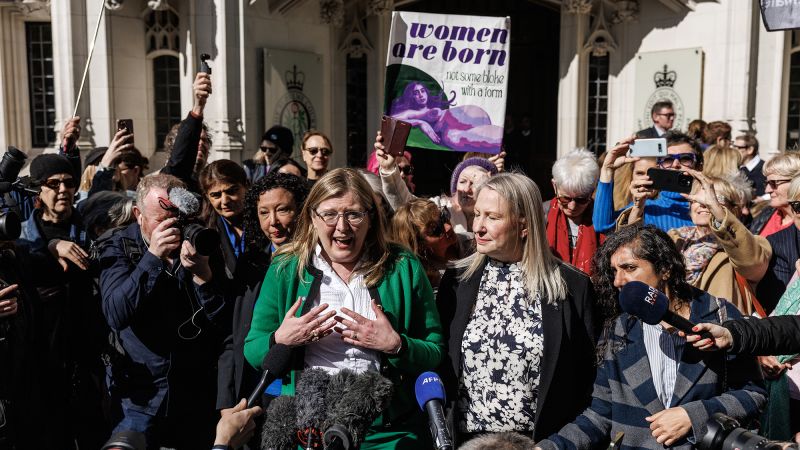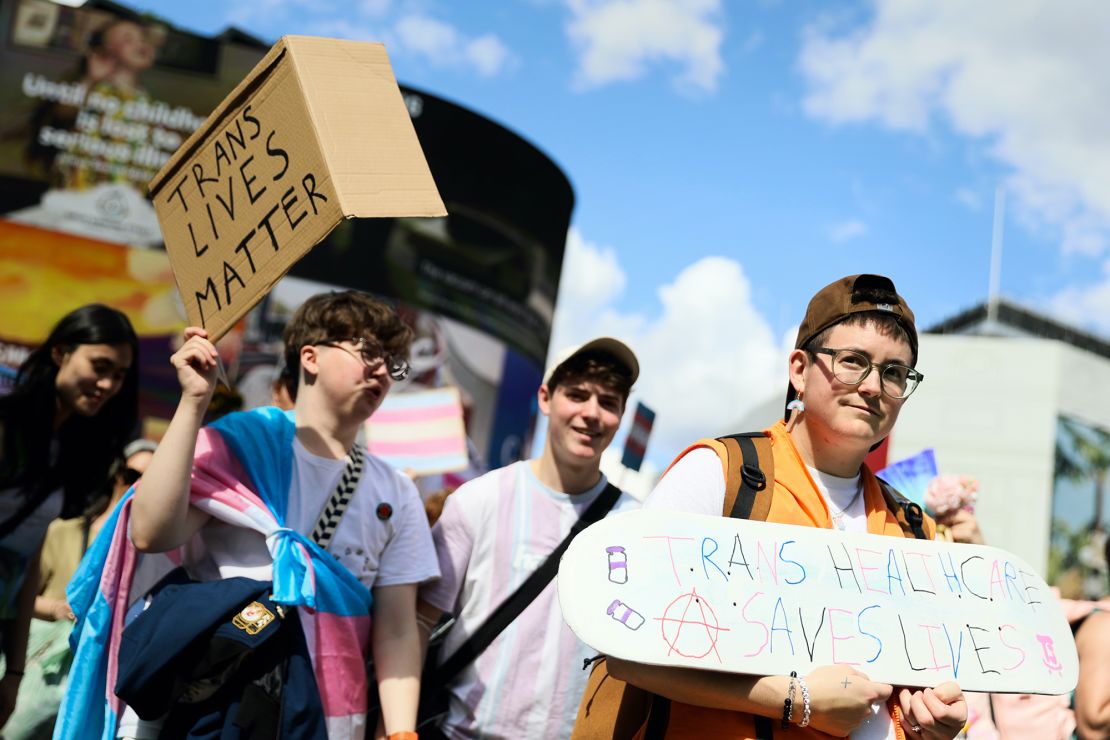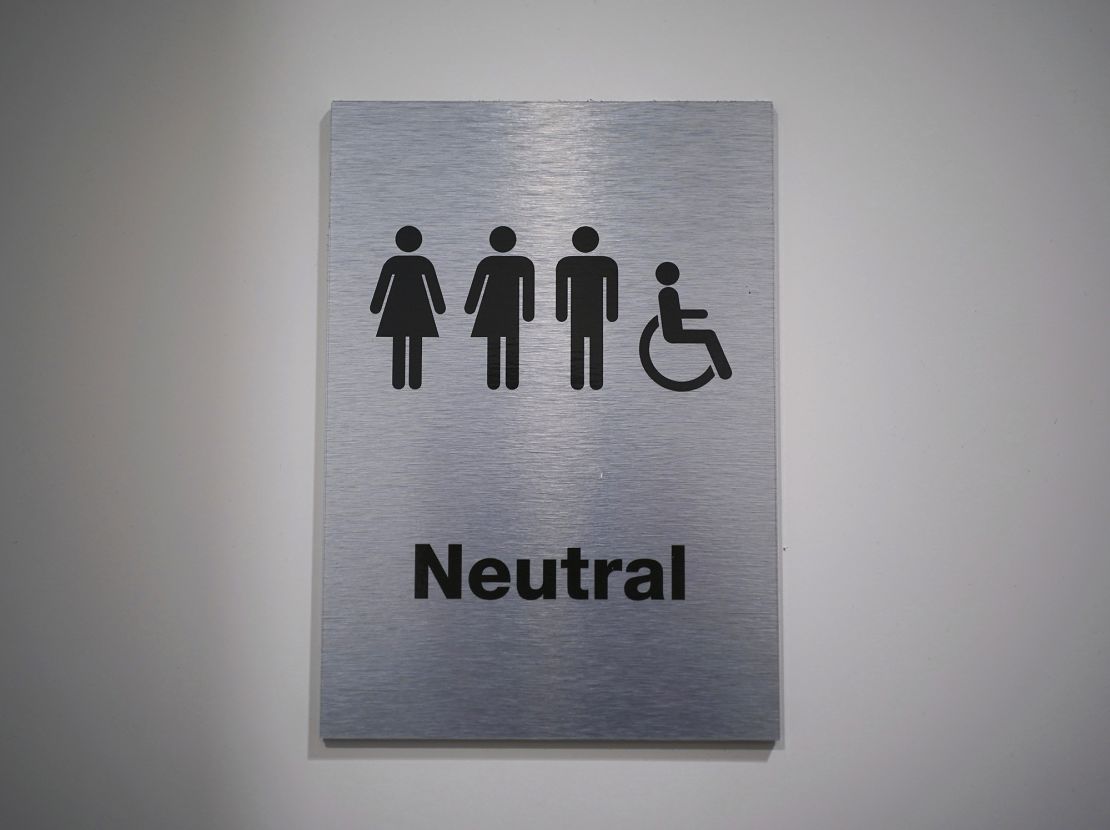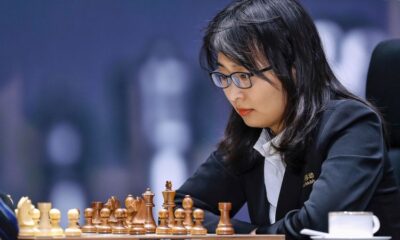CNN
—
Fears are mounting of a potential environmental disaster off the coast of Britain after a cargo ship smashed into an oil tanker transporting jet fuel for the US military.
The crash ignited a huge fire, which is still burning on one of the vessels in the North Sea, about 10 miles off the coast of Hull, a busy port and fishing center.
Dozens of people were rescued from the incident in the North Sea, but one crew member is presumed dead after a search was called off. A day on from the crash, the cargo ship was still burning but could soon sink, Britain’s maritime minister said.
Police have since opened a criminal investigation into the collision and arrested a man on suspicion of “gross negligence manslaughter.”
Meanwhile, environmental groups have warned of potentially harmful consequences for marine life as questions swirl over how the collision could have occurred in broad daylight.
Here’s what we know.
The alarm was raised by the British coast guard at 9:48 a.m. Monday (5:48 a.m. ET) after the Solong, a Portugal-flagged container ship, careered into the Stena Immaculate, a US military-chartered oil tanker anchored in the North Sea.
Video showed black plumes of smoke billowing high into the air following an explosion caused by the crash.
Both vessels were engulfed in flames, prompting a dramatic rescue mission involving Britain’s coast guard and Royal National Lifeboat Institution.
All 23 crew members of the Stena Immaculate are safe and accounted for, but one member of the Solong’s 14-person crew is presumed dead by the British government.
“Search and rescue operations for the missing sailor continued throughout yesterday, but were called off yesterday evening, at the point of which the chances of their survival had unfortunately significantly diminished,” Mike Kane, Britain’s maritime minister, told parliament on Tuesday.
“Our working assumption is, very sadly, that the sailor is deceased,” Kane said.
Maritime experts questioned how the collision could have happened despite the safety and navigation features common to such vessels.
“What we need to understand is that there are international regulations that dictate how ships can be maneuvered at sea,” said Matthew Schanck, an emergency response expert and founder of consultancy group International Maritime Search and Rescue.
Both ships should have had at least one crew member on duty in their respective control rooms, he said.
“Somebody should have been in charge of both vessels. And so, the fact that this has happened in quite a well-known area for traffic and shipping movements is quite extraordinary,” Schanck said.
Humberside Police said on Tuesday that it had arrested a 59-year-old man on suspicion of gross negligence manslaughter over the incident.
“The man arrested remains in custody at this time whilst enquiries are underway,” police said.
Ernst Russ, the owner of the Solong, denied claims that the container ship was carrying sodium cyanide, despite initial reports to the contrary that had heightened fears of a large-scale environmental disaster.
“There are no containers on board ladened with sodium cyanide, as has been misreported,” Ernst Russ said Tuesday, claiming that the ship was carrying four empty containers that had previously contained the hazardous chemical.
The Stena Immaculate was carrying 220,000 barrels of jet fuel, which was the source of the fire, according to Kane, the maritime minister.
“Counter-pollution measures and assets are already in place, and both vessels are being closely monitored for structural integrity,” Kane said.
Experts say jet fuel spills tend to impact the environment less than crude oil spills.
The jet fuel is “light oil” and “is in stark comparison to the images that we see sometimes of wildlife and the marine environment with thick black, crude oil,” said Schanck, who nevertheless warned of an environmental impact.
“The fire is burning off this jet fuel, which is highly flammable on the surface of the sea. (This) is good for the marine environment (but) not necessarily for the smoke that’s produced,” he said.
Mark Hartl, a marine ecotoxicologist from the Centre for Marine Biodiversity and Biotechnology at Heriot-Watt University in Edinburgh, said “most of the jet fuel will evaporate very quickly.”
“Whilst the images look worrying, from the perspective of the impact to the aquatic environment it’s less of a concern than if this had been crude oil,” he said.
Oceana UK campaigns director Alyx Elliott said they are “keeping a close eye” on the incident.
The aviation fuel “can cause a huge amount of damage to wildlife as well as fish populations … it can impact breeding seal colonies of which there are many nearby,” she said. “The potential damage is huge.”
The Marine Accident Investigation Branch has been deployed to the site and has begun its investigation, Kane said Tuesday.
The fire on the Stena Immaculate appears to be extinguished but the Solong continues to burn, Kane said.
After dislodging from the tanker, the Solong began drifting southwards towards the coastline, Kane said. However, the coastguard judges it is “unlikely that the vessel will remain afloat,” he added.
Meanwhile, an assessment of counter pollution response is being carried out by the Maritime and Coastguard agency, the coast guard said.
Crowley, the oil tanker manager, and Russ, the container ship owner, said it is supporting British authorities in their investigation of the incident.

























